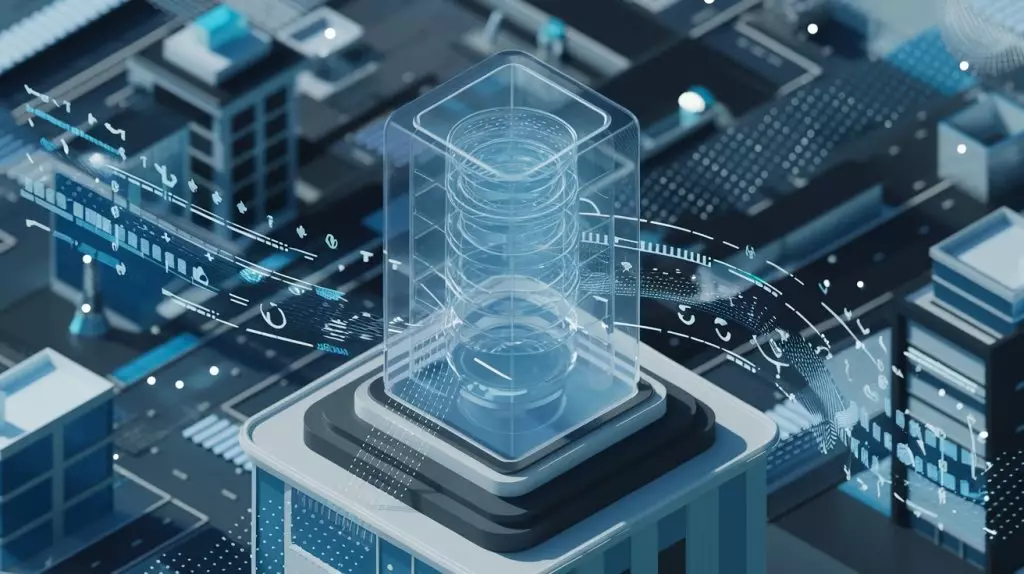As artificial intelligence continues to evolve and permeate various facets of our lives, the transformative role of specific technological architectures becomes evident. Among these, the advent of transformer architectures marks a pivotal shift in how AI models operate, particularly in the realm of natural language processing and beyond. Products that utilize advanced models like GPT-4, LLaMA, and Claude have revolutionized the way we engage with technology, showcasing the power and versatility that transformers bring to the table. This article delves into the nuts and bolts of transformers, examining their architecture, applications, and future prospects.
The essence of a transformer lies in its ability to model sequences of data systematically, which makes it ideally suited for tasks involving language translation, text completion, and much more. Introduced in the landmark paper “Attention Is All You Need” by Google researchers in 2017, the transformer architecture was originally designed as an encoder-decoder model tailored for language translation tasks. Its unique ability to process sequences in a parallelized manner separates it from earlier architectures like recurrent neural networks (RNNs) and long short-term memory (LSTM) models, which struggled to maintain long-range dependencies within data.
Transformers comprise two primary components: the encoder and the decoder. The encoder generates a latent representation of the input data, while the decoder utilizes this representation to produce output, making it invaluable for applications like summarization and sequence generation. Notably, many contemporary models, including the renowned GPT series, operate solely as decoders. This distinction highlights the varied applications and adaptability of the transformer architecture.
Central to the transformer’s architecture is the attention mechanism, a robust feature that enables models to retain contextual relationships within the data. Transformers employ two types of attention: self-attention and cross-attention. Self-attention allows the model to grasp the connections among words in a single sequence, ensuring that relevant contextual information is preserved throughout the processing of input. Cross-attention, on the other hand, is vital during tasks like translation, linking sequences from the encoder to their counterparts in the decoder.
The efficiency of the attention mechanism lies in its implementation through matrix multiplication, which can be executed rapidly utilizing GPU technology. This advancement enables transformers to manage intricate relationships between words and phrases, overcoming limitations faced by previous models that relied on sequential processing.
The impressive rise of transformer-based models has been propelled by a series of innovations in hardware and optimization techniques. The emergence of sophisticated GPU technologies and the development of enhanced software frameworks capable of multi-GPU training have been critical in scaling these models. Moreover, techniques such as quantization and mixtures of experts (MoE) have enabled developers to minimize memory usage, facilitating the training of larger models that yield better performance.
Training optimizations, such as new algorithms like Shampoo and AdamW, along with attention computing techniques like FlashAttention, have further fueled the rapid advancement of transformers. As organizations continue to push the boundaries of model size and complexity, the trend of integrating more data, parameters, and context windows appears set to expand.
One of the most exhilarating developments in transformer research is the emergence of multimodal models capable of processing and integrating diverse data types. OpenAI’s GPT-4 exemplifies this innovation, seamlessly managing text, audio, and images. The potential applications for multimodal systems are vast, spanning from video captioning and voice synthesis to image segmentation, effectively bridging communicative barriers and enhancing user accessibility.
Implementing multimodal models not only showcases the technical prowess of transformers but also reflects a significant step toward inclusivity. For instance, individuals with disabilities may benefit greatly from such applications, allowing them to engage interactively with digital content in ways that were previously unattainable.
Looking ahead, the transformer architecture’s dominance in AI is unlikely to wane. However, as technology matures, new paradigms such as state-space models (SSMs) are garnering interest for their efficiency in processing lengthy sequences—a challenge that transformers face due to context window limitations.
What remains clear is the immense potential for continued exploration within the realm of transformers. Researchers will likely delve into enhancing their versatility, pushing the frontiers of what is achievable in AI applications. Moreover, as ethical considerations and bias in AI systems gain prominence, an ongoing dialogue about the responsible development and deployment of these powerful models will become increasingly crucial.
The advent of transformer-based architectures has catalyzed a transformation in AI technology, fundamentally altering how we interact with machines and process information. As we navigate through this exciting technological landscape, the continual evolution and refinement of transformers will undoubtedly play an instrumental role in shaping the future of AI. With each passing day, the promise of transformers expands, opening doors to innovative applications that can redefine functionality, accessibility, and communication in our increasingly digital world.


Leave a Reply